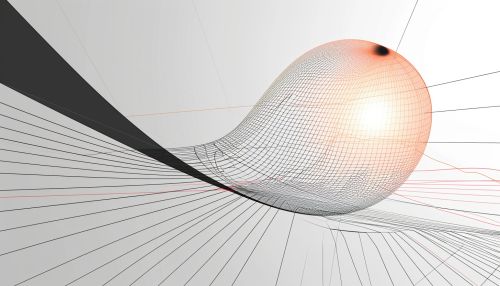Cauchy's Integral Theorem
Introduction
Cauchy's integral theorem is a fundamental theorem in the field of Complex Analysis. It provides a method to calculate line integrals of holomorphic functions over simple closed curves in the complex plane, and forms the basis for many other theorems in complex analysis, such as Cauchy's integral formula.


Statement of the Theorem
Cauchy's integral theorem states that if a function f is holomorphic (complex differentiable) in a simply connected domain D, and if γ is a rectifiable, piecewise smooth, simple closed curve in D, then the integral of f over γ is zero. In mathematical terms, this can be written as:
∫γf(z)dz = 0
This theorem is a special case of the more general Stokes' theorem in differential geometry.
Proof
The proof of Cauchy's integral theorem is based on the concept of a primitive of a function, which is a function whose derivative is the given function. If a function has a primitive in a domain, then the integral of the function over any curve in that domain is zero.
The proof proceeds by showing that any holomorphic function has a primitive in a simply connected domain, and hence the integral of the function over any simple closed curve in that domain is zero.
Applications
Cauchy's integral theorem has many applications in complex analysis and related fields. It is used to prove Cauchy's integral formula, which gives an explicit formula for the values of a holomorphic function inside a simple closed curve in terms of the values of the function on the curve. This in turn leads to the concept of analytic continuation, which allows extending the domain of a holomorphic function beyond its original domain.
The theorem is also used in the proof of the residue theorem, which is a powerful tool for calculating complex line integrals.
